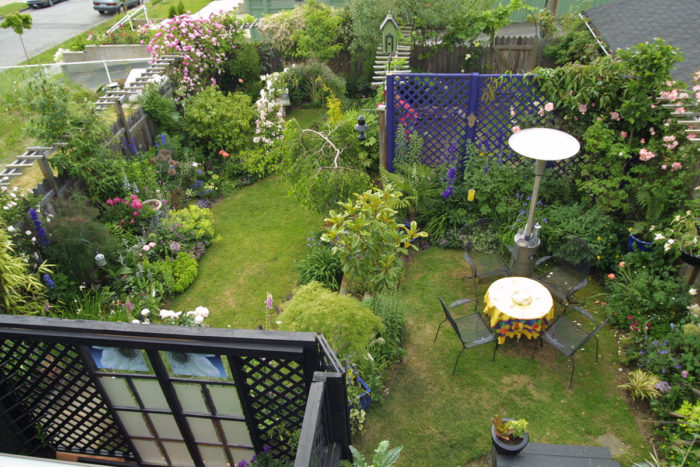
September in the South is a bit of a mixed bag. Summer is still fully in effect, but we also get a few glimpses of fall. One of the first indicators that cooler weather is approaching is that gardeners will soon be setting out cool-season transplants. Fall is not here, but it is time to get things in order for cooler weather to come.
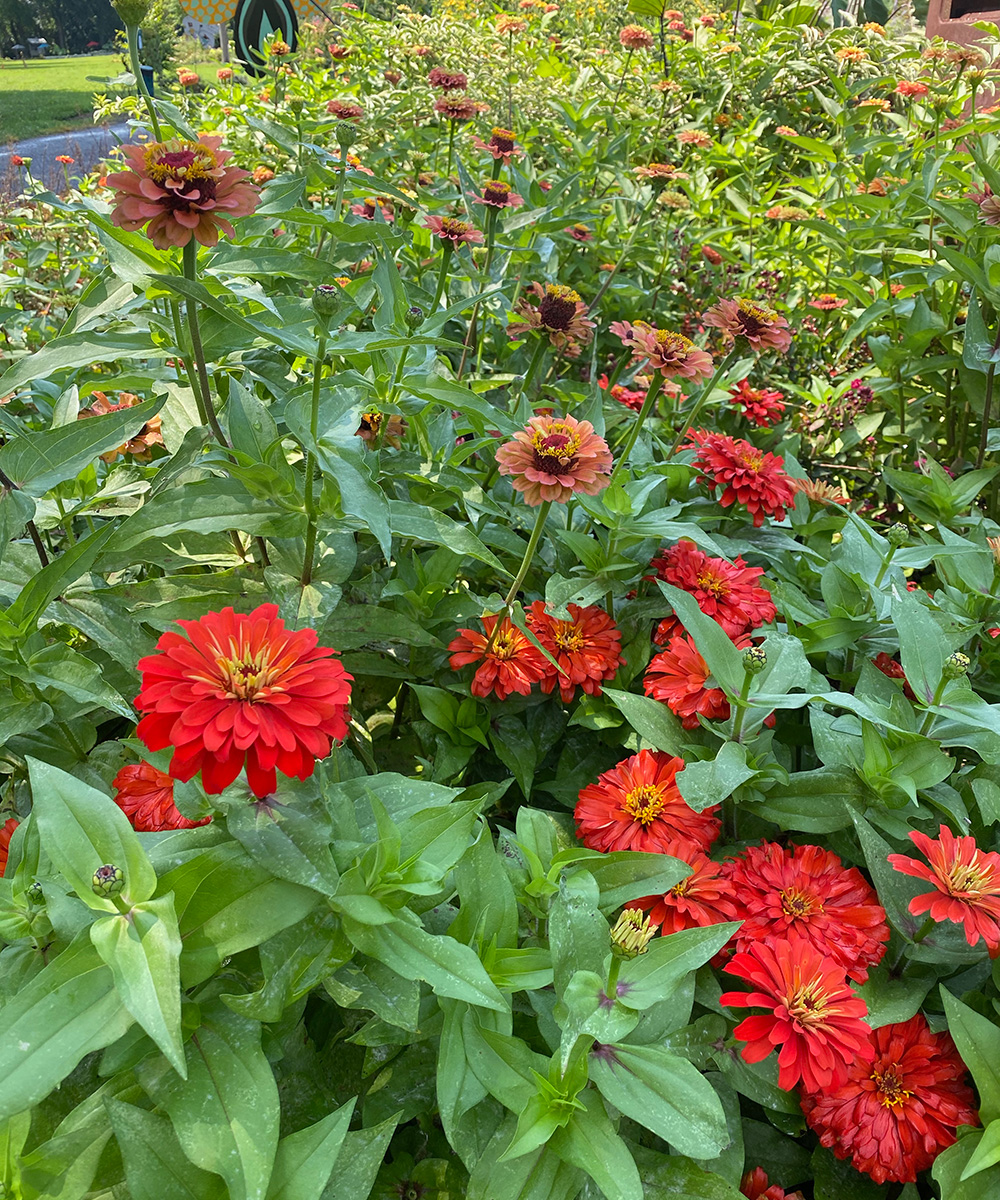
Deadhead some annuals. Many of us will not get any form of frost until two full months from now, and it is not necessary to deadhead all annuals to get continuous bloom. However, there is still time to deadhead annuals like zinnias (Zinnia spp. and cvs.), marigolds (Tagates spp. and cvs.), Mexican sunflowers (Tithonia spp. and cvs.), and cosmos (Cosmos spp. and cvs.) that might benefit from a haircut. If you deadhead now, you will be rewarded with fresh sets of blooms. A few other things, like basil and coleus (Plectranthus scutellarioides and cvs., Zones 10–12), which are grown for foliage, can also benefit from a trim to encourage a new flush of growth.
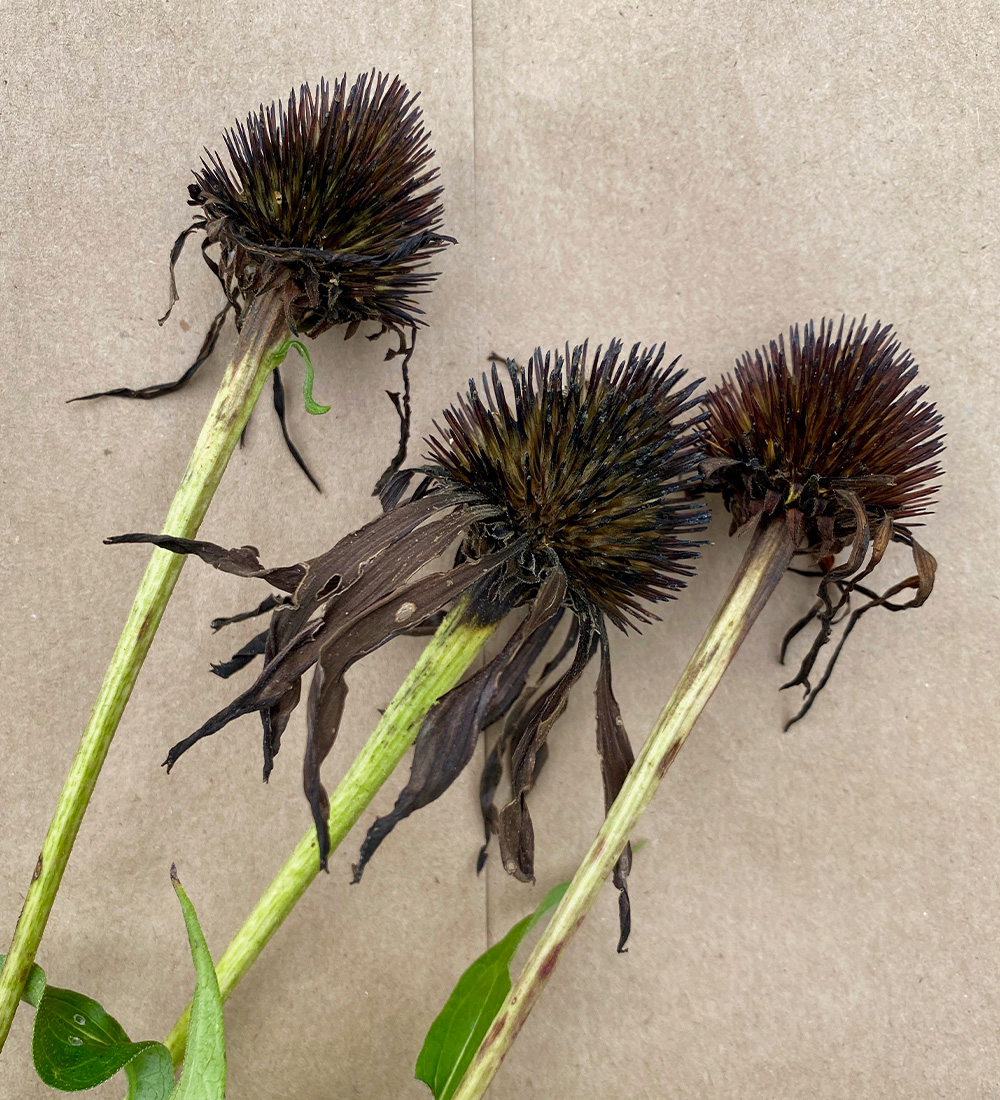
Collect seed. Seed saving is not for everyone, and it is perfectly fine to support green industry businesses by purchasing seeds in packs. However, if you have never tried it, it can be very rewarding. It is also a great way to share your garden with others. Just learning what each plant’s seeds look like and how they are collected can add to your garden enjoyment. Whatever you decide, this is a great month to start collecting some seed to plant in the spring or late fall. And if you’re new to seed collecting and storing, start here.
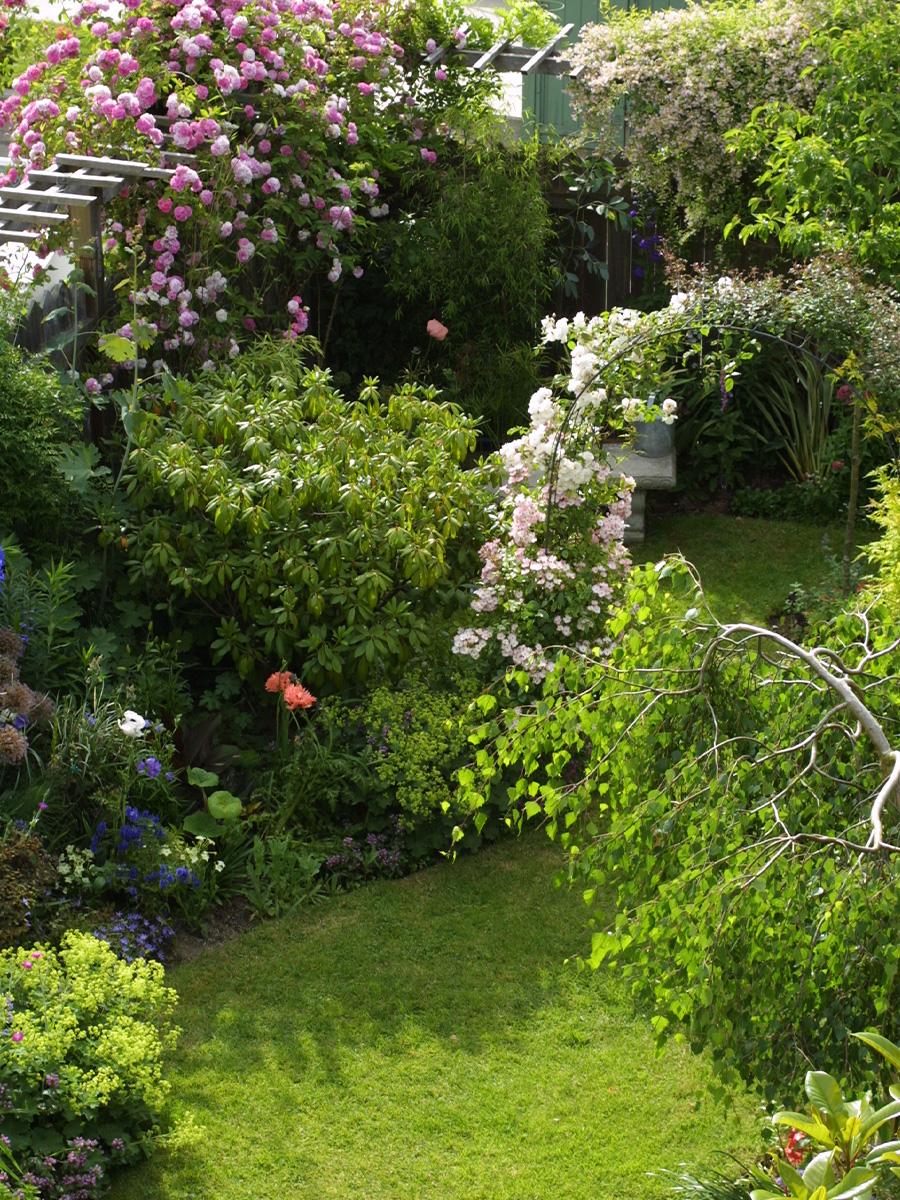
Share your garden with others. Why not invite someone over this month with the specific goal of sharing what is going on in your garden? Gardening is not exactly a team sport; however, it can be more fun when you share it with others. Making connections with other gardeners is also a great way to learn, share information, and get even more enjoyment out of your garden.
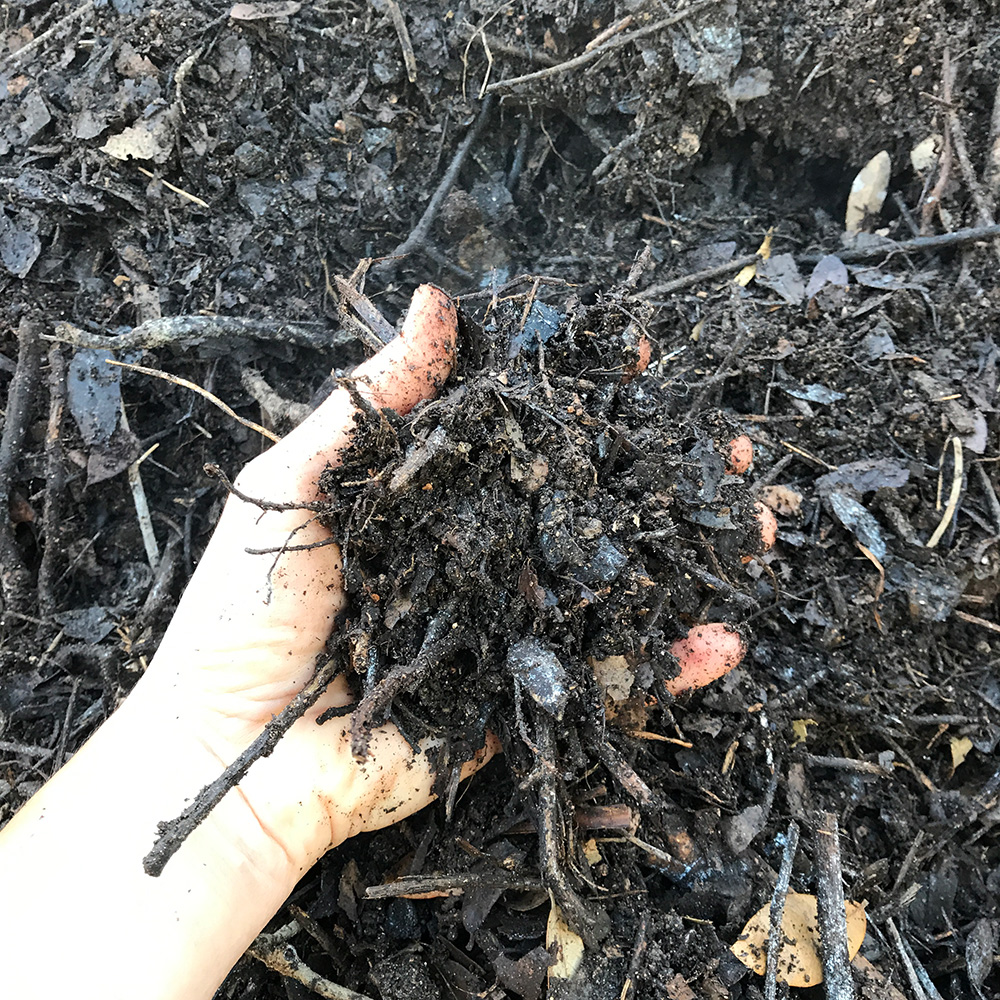
Start or add to a compost pile. If you spend a few minutes watching online videos about how to compost, you are sure to run into a multitude of views and ideas. You will learn the virtues of “green stuff” and “brown stuff” and the perfect balance between them. The first couple of videos I watched had people taking their compost piles’ temperature and then smelling the thermometer to determine the vintage. The truth is, there is in fact an art to creating a good compost pile. Aerobic conditions with active micro-organisms will lead to better results. Temperature and smell can give you clues on how well the material is breaking down. If you have never composted, September is a good month to get started in the South. The garden will soon produce lots of material good for the pile, and having a place to put it will help. Do your research, know what is best to add or not to add, and you will be on your way to producing black gold for your garden.
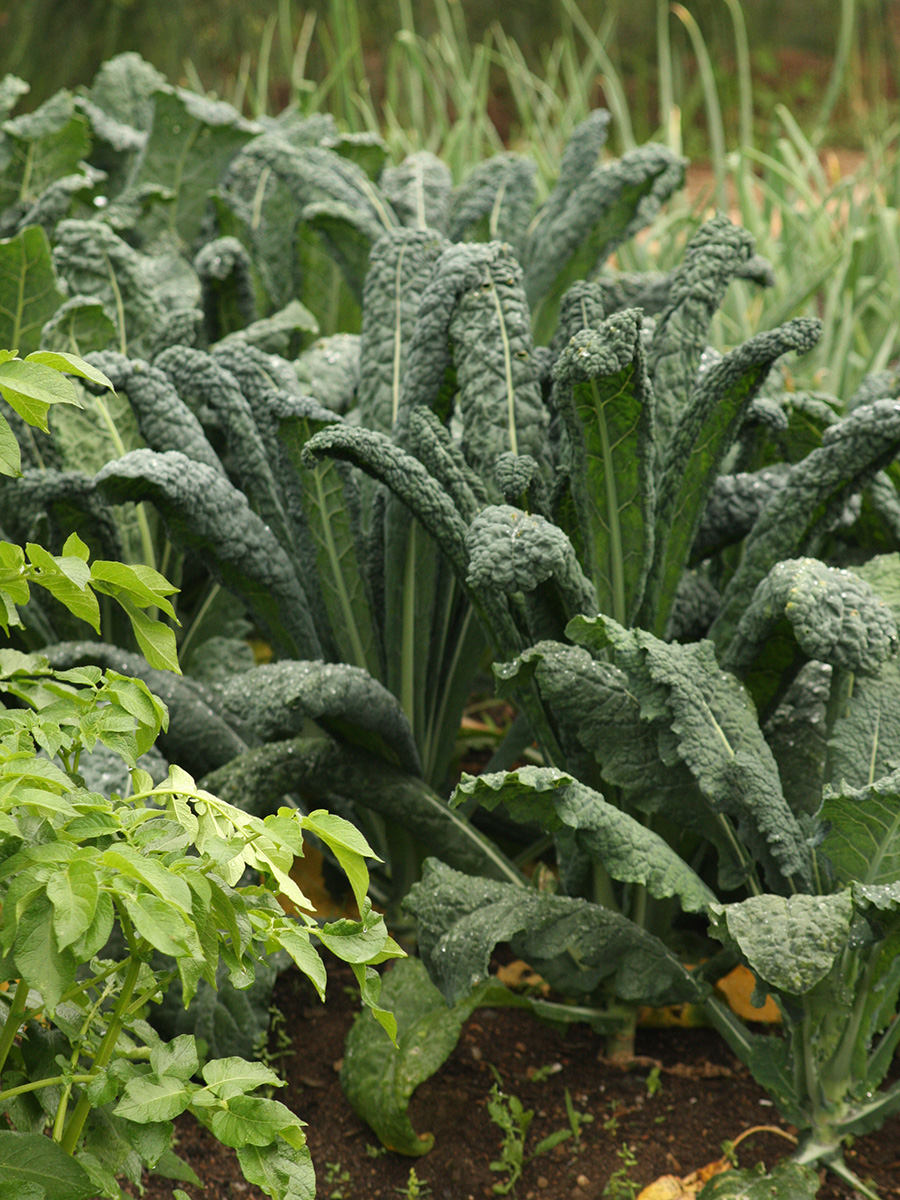
Sow fall veggie crops. Many food crops can be sown into the garden this month. This includes leafy greens such as kale, spinach, and lettuce. Additionally, root vegetables such as beets and carrots can be directly seeded. Try staggering plantings throughout the month to have plants mature at a variety of times. You can read more on what you can sow now here. We have a long growing season here in the South. Take advantage of all of it.
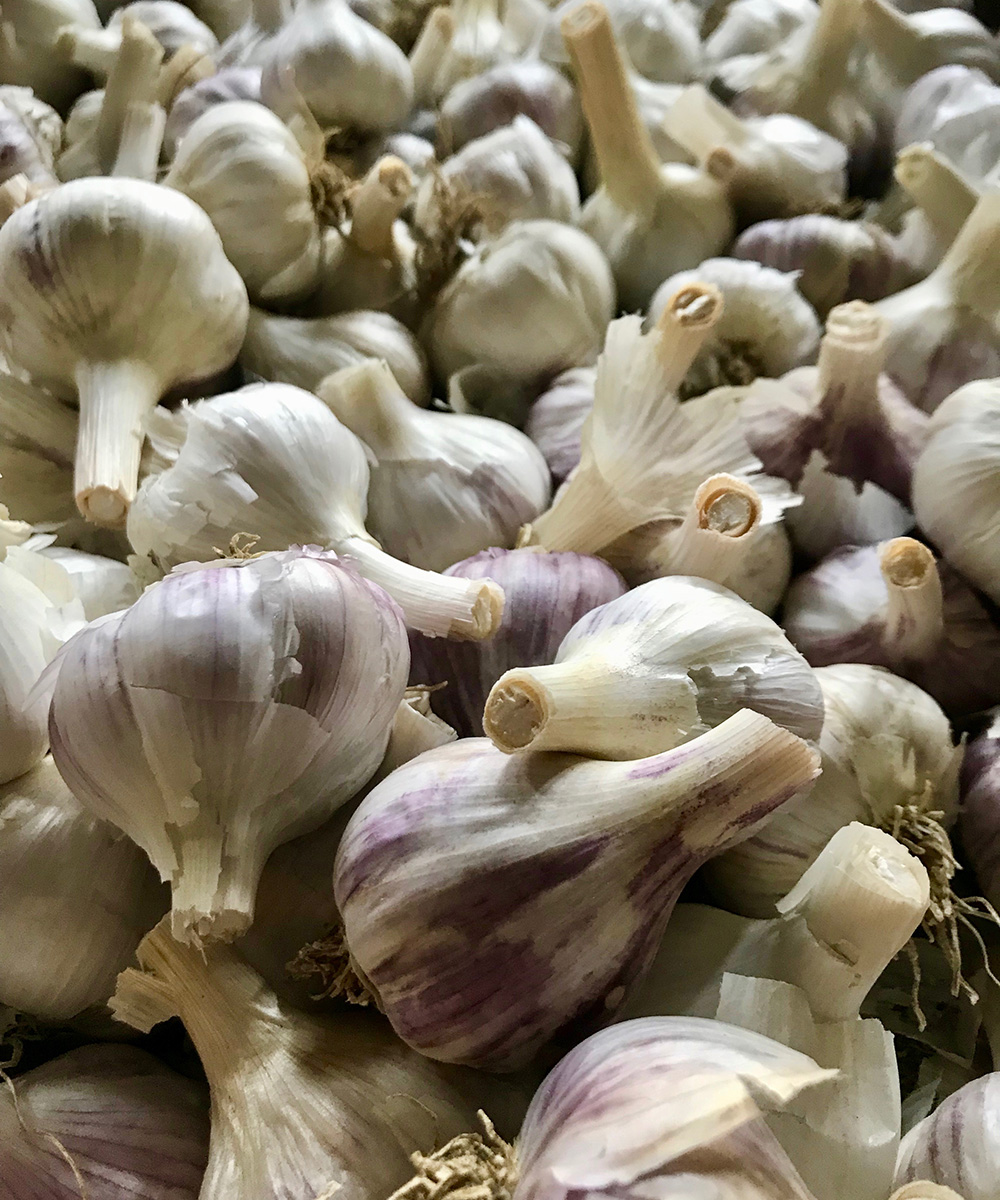
Order garlic. Growing garlic in the South is different from growing it in the North. If you don’t have bulbs from last year, you will need to order now to ensure you get preferred varieties. Growing bulbs you find in the grocery store won’t work for our Southern climate; we need varieties that are adapted to our region. Most Southern gardeners rely on softneck varieties of garlic because of their adaptability to warmer climates. Do some research, and talk to your local county extension office to find out what selections work best in your area. In the Deep South, gardeners will need extra time to employ vernalization techniques (cold treatment) before planting. I want to stress, though, that now is not the time to plant garlic; it is simply time to order and get prepared. Garlic is an edible crop that can easily be tucked into ornamental planting beds. If you have never grown it before, give it a try this year, as it can be very rewarding.
—Andy Pulte is a faculty member in the plant sciences department at the University of Tennessee.


















Comments
Log in or create an account to post a comment.
Sign up Log in